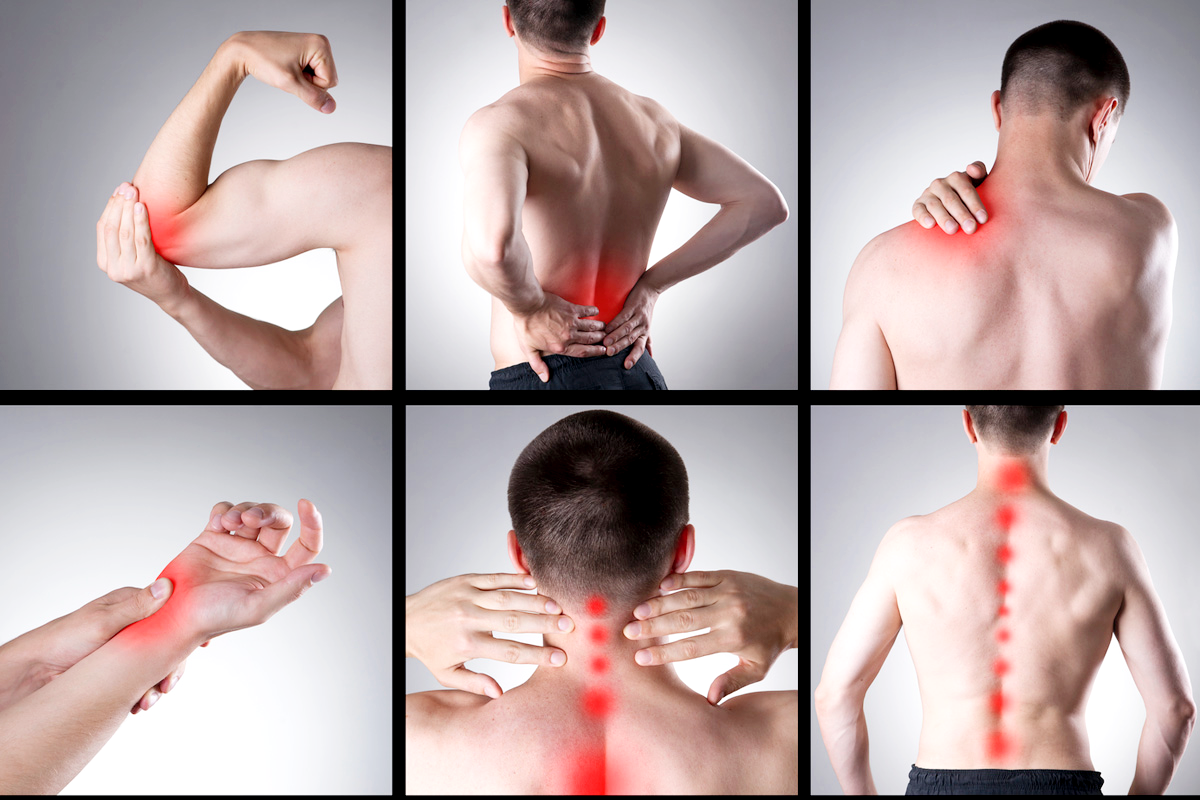Nerve Hydrodissection
At Pain Doctors Tijuana, Dr. Cesar Amescua offers nerve hydrodissection, a minimally invasive treatment option for many peripheral nerves.
Ultrasound guided hydrodissection is a new method of treatment of entrapped nerves. Entrapment neuropathy of peripheral nerves is common, but often is under-recognized as a source of pain.
Nerves are supposed to glide smoothly around surrounding tissue, but entrapped nerves can be stuck or adhered to the surrounding tissue. This scar tissue can cause pain.
Nerves can also be compressed by trauma, scar tissue from surgery, or surrounding anatomic structures. Symptoms can range from mild discomfort to numbness, paralysis or pain.
What Is Nerve Hydrodissection?
Nerve Hydrodissection is a minimally invasive treatment option for many peripheral nerves that are compressed or entrapped by scar tissue. Using ultrasound guidance, Dr. Cesar Amescua identifies the nerves and guides the needle next to the nerve.
Once the needle tip nears the nerve, fluid is injected around the nerve to free the nerve from surrounding tissues. This can have the same effect as a surgical release, with resolution of the numbness, tingling and pain.
Which Nerves Can be Treated with Hydrodissection?
Compression, scar tissue formation, or irritation can affect virtually any nerve. Hydrodissection has been used in nerve injuries. The most common include:
Median Nerve
The Median nerve is an important nerve in the hand and wrist. It travels through a very narrow tunnel as it passes from the forearm to the hand. It is susceptible to injury. Irritation or compression of the Median nerve can result in carpal tunnel syndrome.
Carpal tunnel syndrome is a common, painful medical condition that occurs as a result of irritation or compression of the Median nerve. Pain and numbness are common. Studies have shown hydrodissection to be effective in the treatment of patients with carpal tunnel syndrome.
Ulnar Nerve
Cubital Tunnel Syndrome is a common, painful medical condition in which the Ulnar nerve is compressed at the level of the elbow. Studies have demonstrated Nerve Hydrodissection to be effective in the treatment of patients with Cubital Tunnel Syndrome.
Lateral Femoral Cutaneous Nerve
The Lateral Femoral Cutaneous nerve when irritated or compressed can result in tingling, numbness, and burning pain in the outer part of your thigh. The syndrome is called Meralgia Paresthetica.
Nerve Hydrodissection of the lateral cutaneous nerve in one study provided a complete resolution of all symptoms in all patients at 2 months post-injection.
Saphenous Nerve
Saphenous nerve irritation or injury can cause debilitating knee pain that is localized on the medial (inside) aspect of the knee. In a small clinical study, Clendenen demonstrated hydrodissection to be effective with 75% of patients noting a significant reduction in pain.
What Factors May Cause Nerve Compression?
There are a number of factors that put a patient at risk for nerve compression. The most common include:
Sports Injuries
Athletic injuries are often times associated with significant bending, twisting, and torquing of an extremity. Nerves don’t fair well with abrupt, high-velocity stretching, bending, or twisting. The result can be nerve compression and pain.
Bone Spurs
Bone spurs are bony projections that develop along bone edges. They can vary in size and shape. Some are smooth whereas others are coarse with irregular edges They are composed of bone which can easily irritate or compressed nerves. The result can be significant pain and often times numbness and weakness.
Tendonitis/ Tendinosis
Tendons are thick pieces of connective tissue that connect muscle to bone. Tendons are susceptible to injury which can cause inflammation and swelling of the tendon. This is called tendonitis. Tendons can also become degenerative which is called tendinosis. Both conditions can result in nerve compression and pain.
Post Surgery
Surgery is often associated with the formation of scar tissue. This scar tissue can irritate or compress a nerve as well as altering its normal course as it descends through the body.
Post Fracture
A fracture involves the breaking of a bone. There are different types which include simple, compound, incomplete and complete fractures. The trauma causing the fracture or the subsequent healing and formation of scar tissue can result in nerve irritation or compression.
What Does Nerve Pain Feel Like?
Pain is an uncomfortable and at times painful sensation. It varies significantly from patient to patient. There are many different types of pain which include inflammatory, nociceptive, and neuropathic.
Neuropathic pain is pain that arises from nerve compression or injury. Nerve pain has the following characteristics.
- Deep-seated pain
- Poorly localized
- Varying presentations that include soreness, numbness, pins, and needles, heaviness, or electrical shock


